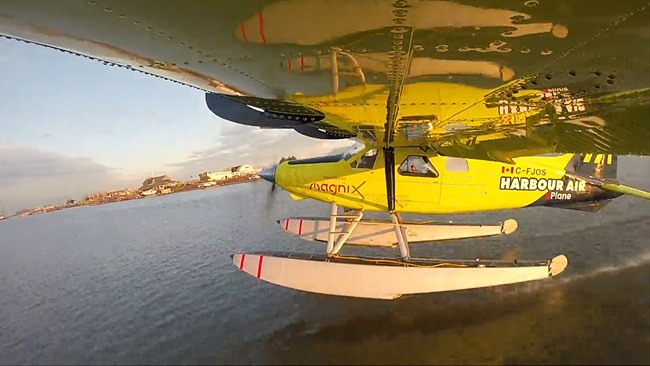The life of Dr. Forrest M. Bird drew to a close Aug. 2 at his Idaho home, after 94 remarkable years. Bird, who earned many honors within aviation circles and without, was eulogized first as the inventor of the first practical medical respirator, a device which has saved millions of lives.
"People would say, 'Thank you for saving my grandson. Thank you for saving my life,'" his wife, Pamela, told The Associated Press.
An AOPA member since 1946, Bird had a distinguished career as a pilot and military flight instructor, as well as an aviation doctor and inventor. He soloed at 14 and earned undergraduate and master’s degrees in aeronautical engineering. His military career included 40 years of active and reserve service, begun in 1941 as an Army Air Corps instructor and pilot. He began work during World War II on a device that would forever change medicine: the Bird Universal Medical Respirator. It was born of his effort to solve the breathing problems suffered by bomber crews operating at high altitude without pressurization, and his work earned him a trip to medical school. In the 1950s, he flew himself to hospitals far and wide, demonstrating the respirator and training doctors how to use it. He would later develop that first device into the "Babybird" model that reduced infant mortality from respiratory ailments from 70 percent to less than 10 percent.
"He's one of my heroes," said his stepdaughter, Rachel Schwam, in an interview with The Associated Press. The 31-year-old was saved by the Babybird after being born prematurely and now has two daughters of her own.
Bird made airplanes into flying classrooms in which he trained doctors to use his respirators, including a Consolidated PBY Catalina customized to his specifications.
"I had that airplane for 28 years and it took me around the world," Bird said in an interview for AOPA Pilot in 2002. Other flying classrooms followed, including a Convair 440. "I could not have done my medical work if I hadn't had my airplanes.”
The Bird Aviation Museum & Invention Center houses Bird’s aircraft today, along with exhibits honoring notable inventions and inventors. Bird received the Presidential Citizens Medal from President George W. Bush in 2008 and the National Medal of Technology and Innovation by President Barack Obama the following year.
Among many offering tributes, the Civil Aviation Medical Association honored its past president in a message to members, announcing plans to hold a “Celebration of Life” for Bird at 11 a.m. Aug. 8 at the museum he built with his wife, Pamela.
“CAMA is very proud to have had Dr. Bird as an officer and an active member of our association,” wrote CAMA Executive Vice President David Millett.



